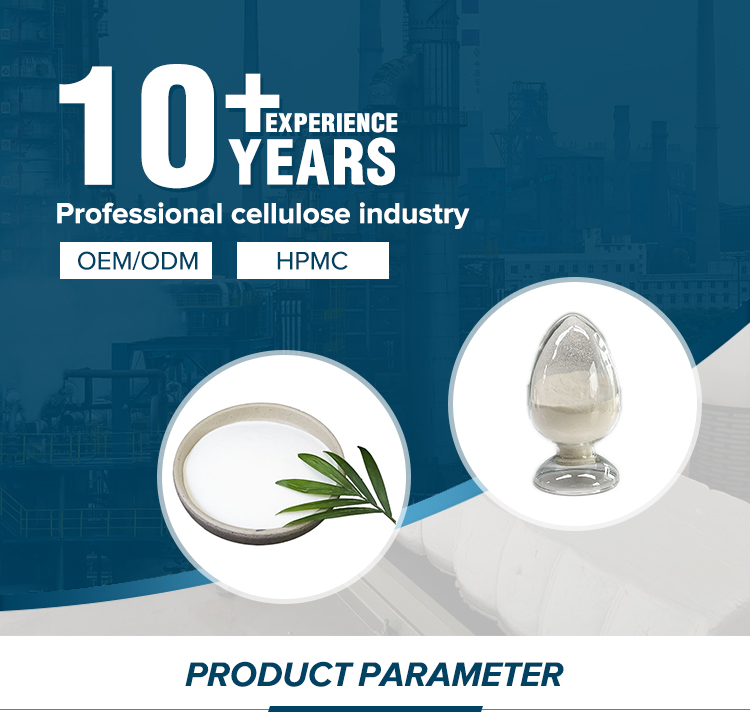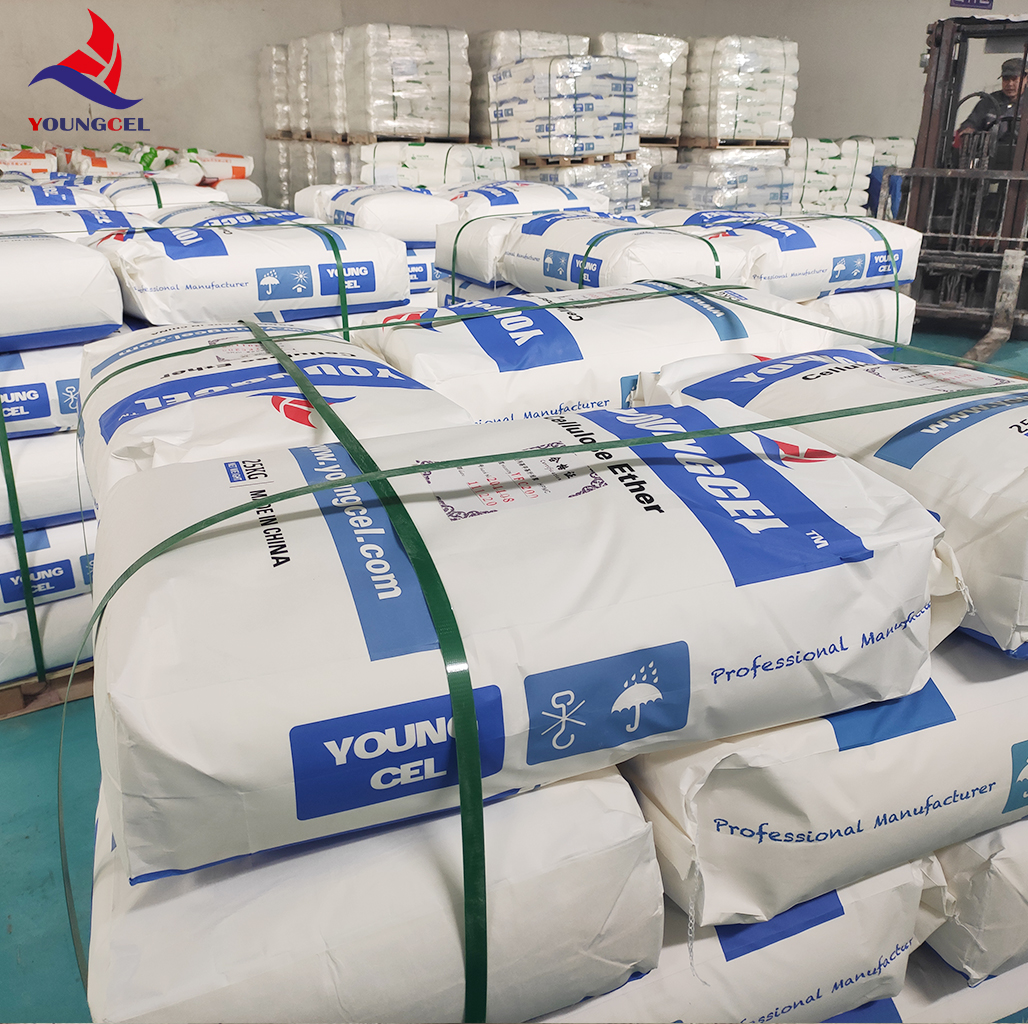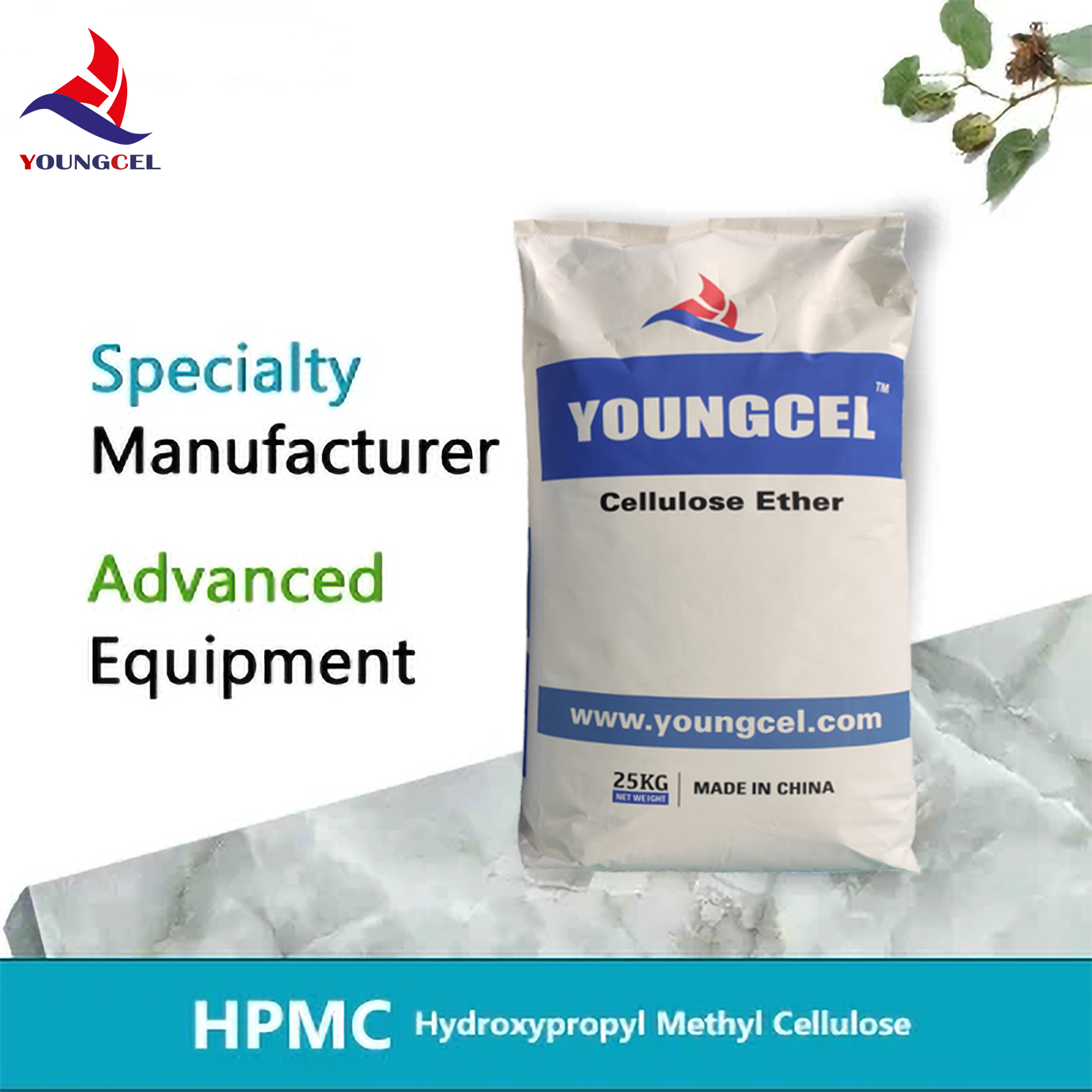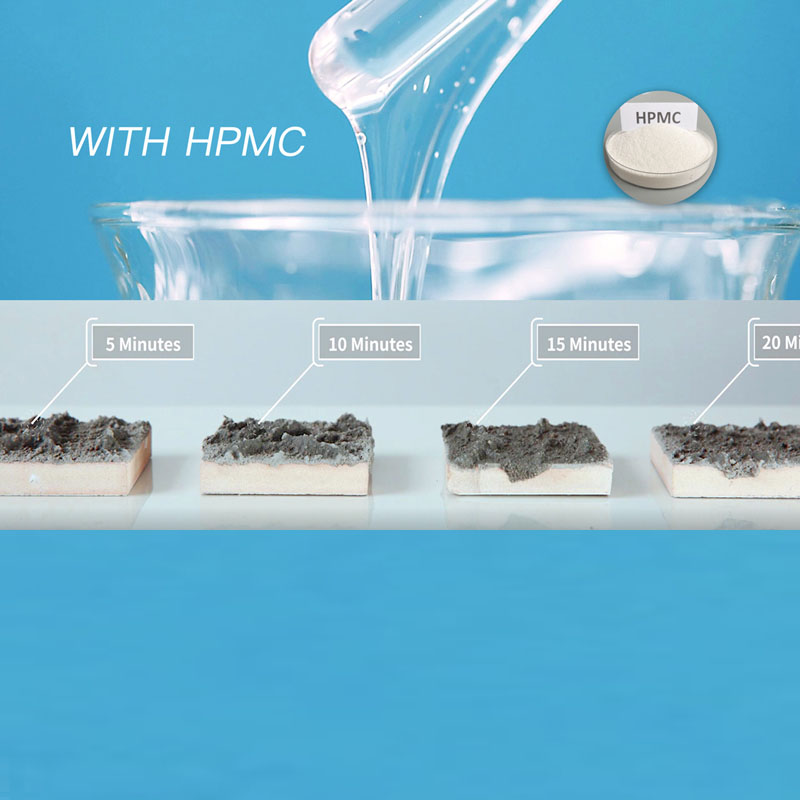
Introduction
Hydroxypropyl Methyl Cellulose (HPMC) is a versatile chemical additive widely used in the construction industry. As a tile adhesive and plaster additive, HPMC plays a critical role in improving the performance of cement mortars, ceramic tile cements, and other construction materials. This article explores the features, advantages, technical specifications, application scenarios, and company background of HPMC, providing a comprehensive overview for industry professionals and construction enthusiasts.
Product Features
HPMC is a chemical auxiliary agent with a milky white or white powder appearance. It is derived from high-purity cotton fibers through a specialized etherification process under alkaline conditions. This unique formulation grants HPMC several key characteristics:
- Thickening ability: Enhances the viscosity of cementitious mixtures.
- Salt resistance: Maintains stability in saline environments.
- Water retention: Prevents rapid moisture loss during curing.
- Dimensional stability: Reduces cracking and deformation.
- Excellent film-forming properties: Creates a durable, protective layer.
- Mildew resistance: Resists microbial growth in humid conditions.
HPMC’s solubility in water and select solvents, such as ethanol/water or propanol/water mixtures, further expands its utility. Its high transparency and stable performance make it ideal for applications requiring precision and reliability.
Technical Specifications
| Parameter | Specification |
|---|---|
| Appearance | Milky white or white powder |
| Carbonization Temperature | 280-300% |
| Color Temperature | 190-200% |
| Particle Size | 100 mesh >98.8%, 80 mesh 99.9%, 40-60 mesh (special) |
| Apparent Density | 0.25-0.70 g/cm³ (approx. 0.5 g/cm³) |
| Specific Gravity | 1.26-1.31 |
| Solubility | Soluble in water and certain solvents |
Advantages of HPMC in Construction
HPMC offers numerous benefits that make it a preferred choice in construction applications:
- Improved Workability: Enhances the fluidity of cement mortars and tile adhesives, making them easier to apply.
- Enhanced Adhesion: Increases the bond strength between tiles and substrates, reducing the risk of detachment.
- Moisture Retention: Ensures consistent curing by preventing excessive water evaporation.
- Cost-Effectiveness: Reduces material waste and labor costs through improved performance.
- Environmental Compatibility: Biodegradable and non-toxic, aligning with sustainable construction practices.
For example, in ceramic tile cement, HPMC acts as a viscosity modifier, ensuring even distribution and reducing slippage. In refractory coatings, it functions as a suspension agent, maintaining uniformity and enhancing adhesion to substrates.
Application Scenarios
HPMC is widely used across various construction applications, including:
- Cement Mortar: Improves workability and reduces cracking.
- Ceramic Tile Cement: Enhances adhesion and prevents tile slippage.
- Refractory Coatings: Acts as a suspension agent and improves substrate adhesion.
- Gypsum Coagulant Slurry: Boosts water retention and substrate bonding.
- Joint Cement: Enhances fluidity and water retention in gypsum board joints.
These applications highlight HPMC’s versatility in addressing common challenges in construction, such as moisture loss, cracking, and adhesion failure. For instance, in gypsum coagulant slurry, HPMC’s water retention properties ensure proper curing, while its dimensional stability prevents shrinkage cracks.
Company Background: Shijiazhuang Gaocheng District Yongfeng Cellulose Co., Ltd.
HPMC is produced by Shijiazhuang Gaocheng District Yongfeng Cellulose Co., Ltd., a leading manufacturer of cellulose-based additives. Located in Hebei Province, China, the company specializes in the development and production of chemical auxiliary agents, adhesives, and dispersants. With a focus on quality and innovation, Yongfeng Cellulose ensures its products meet international standards for performance and safety.
The company’s product portfolio includes HPMC with a purity of 99%, packaged in 25 kg net weight units. Their commitment to sustainable practices and customer satisfaction has established them as a trusted supplier in the construction and chemical industries.
Product Images



Conclusion
Hydroxypropyl Methyl Cellulose (HPMC) is an indispensable additive in modern construction, offering unmatched performance, versatility, and sustainability. Its ability to enhance workability, adhesion, and water retention makes it a critical component in tile adhesives, plaster additives, and other construction materials. As a leader in cellulose innovation, Shijiazhuang Gaocheng District Yongfeng Cellulose Co., Ltd. continues to drive advancements in the industry, ensuring quality and reliability for global customers.
References
1. National Institute of Standards and Technology (NIST). (n.d.). Construction Materials Research. Retrieved from https://www.nist.gov/.
2. Youngcel HPMC Product Page. (n.d.). Retrieved from https://www.youngcel.com/hpmc/.
Further Reading
-
Understanding Methyl 2 Hydroxyethyl Cellulose: Uses, Benefits & Industry InsightsNewsNov.24,2025
-
Hydroxyethyl Methyl Cellulose HEMC: Industrial Uses, Benefits & Future TrendsNewsNov.23,2025
-
HEMC Cellulose: Versatile & Sustainable Industrial Polymer | YoungcelNewsNov.23,2025
-
Methyl Hydroxyethyl Cellulose: Versatile Building Block for Industry & SustainabilityNewsNov.23,2025
-
CAS 9032 42 2: Understanding Polyvinyl Alcohol's Impact on Industry & SustainabilityNewsNov.22,2025
-
Hydroxyethyl Methyl Cellulose: Versatile Solutions for Modern Industry and SustainabilityNewsNov.22,2025




